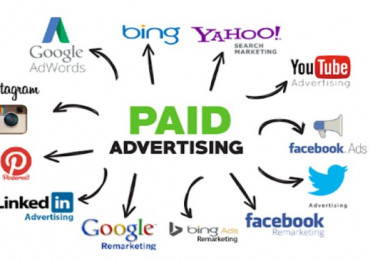
It is a marketing strategy that relies on integrating products, brands, or marketing messages into films, with the aim of promoting goods or services indirectly by exploiting the popularity of films and their impact on the audience. It is the use of films as a means of marketing goods or services by including them in film scenes, whether through product placement, or by having characters appear wearing certain clothes, adopting certain hairstyles, or using products naturally during the events of the film.
Characteristics of film marketing:
1. Natural integration: Products are integrated into the story in a way that appears natural and unpretentious.
2. Cultural influence: It can affect fashion and social behaviors thanks to the widespread distribution of films.
3. Sustainability: Marketing messages continue to appear with each screening of the film.
4. Broad reach: It reaches a large and diverse audience through the international distribution of films.
5. Diversity: It can be applied to various types of products and services.
Benefits of film marketing:
1. Increase brand awareness: It contributes to raising the level of brand awareness widely.
2. Enhance emotional connection: It helps in creating an emotional connection between the product and the audience through the beloved characters in the movies.
3. Long-term impact: The marketing effect continues with each viewing of the movie over time.
4. Precise targeting: A specific audience can be targeted based on the genre and content of the movie.
5. Global reach: It helps in reaching a global audience thanks to the wide distribution of movies.
Advantages of movie marketing:
1. Implicit persuasion: Products are presented indirectly, making the message less likely to be rejected.
2. Creativity: It provides a creative platform to showcase products in new and attractive ways.
3. Social influence: It can influence social behaviors and cultural trends.
4. Enhance credibility: The product can benefit from the credibility of the characters or stories in the movie.
5. Integration with other strategies: It can be integrated with other marketing campaigns to enhance the impact.
Disadvantages of movie marketing:
1. High cost: It can be very expensive, especially if the movie is high-budget or widely popular.
2. Limited control: Companies may not have complete control over how their products appear or are used in the film.
3. Audience reaction: If the product placement is inconsistent or exaggerated, the audience may reject it.
4. Variable effectiveness: Not every film is successful, and therefore the message may not reach the target audience.
5. Character-related risks: If one of the film's heroes is exposed to a scandal, the product associated with him may be damaged.
Examples of film marketing:
- Arabic films: In the film "Asal Aswad", Egyptian food products are clearly used, which has enhanced the audience's awareness of them. The film's characters also wore modern clothes that have become fashionable among young people.
- Foreign films: The film "The Devil Wears Prada" features several products from international fashion brands, and has contributed to enhancing awareness of high-end brands. Also, the film "James Bond" used "Omega" watches and "Aston Martin" cars, which has increased the popularity of these brands among the audience.
Film marketing is an effective strategy to increase brand awareness and influence the audience indirectly. It has the ability to reach a wide audience and enhance the emotional connection between the product and the audience. However, it requires significant investment and may have a mixed impact depending on the success of the film and its acceptance by the audience. By choosing the right films, companies can achieve significant benefits and enhance their position in the market.

17/08/2024

26/08/2024

18/08/2024

18/08/2024

14/08/2024

01/09/2024

26/08/2024

20/08/2024

14/08/2024

20/08/2024

01/09/2024

16/08/2024

30/08/2024

30/08/2024

18/08/2024

18/08/2024

30/08/2024

01/09/2024

26/08/2024

30/08/2024